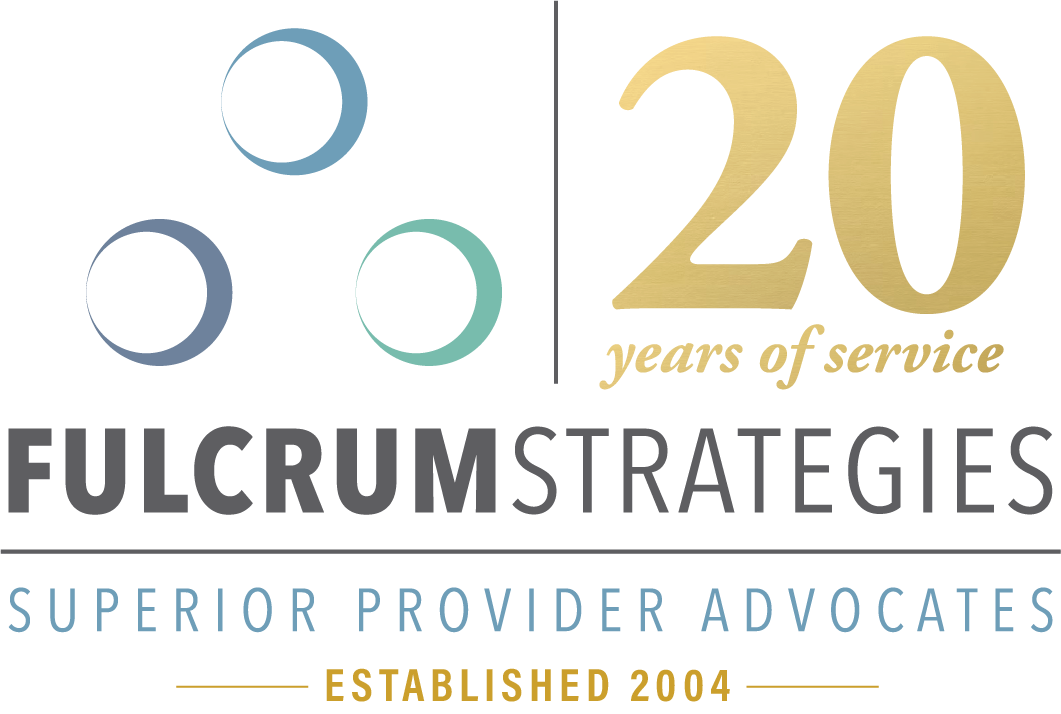The Perfect Storm (Part Two)
Post Covid – The Government Response
It can be hard to imagine a world without Covid-19 but it will happen. At some point we are going to develop a vaccine and/or more effective treatments for this virus. We are going to come out of our houses and return to work. When this happens the world is going to try and recover from this pandemic and put things back together. In this Podcast I am going to explore the possible strategies our government is going to use to get the US economy back on track and back to the good old days of 2019. I am going to pay particular attention to how these strategies are going to impact health care and physicians.
For purposes of this exercise let’s assume that its January 2021. A vaccine has been developed and the world is in the process of being vaccinated against Covid-19. This means that the clinical threat of the pandemic is over. We can now get back to work without fear of infection.
The President has taken the oath of office and the next congress has been seated. The first order of business for the government is to pick up the pieces of a damaged US economy and try to put them back together again. While no one can completely predict what the economy will look like in January of 2021 it’s safe to say that no one expects it to be fully back to the economy of 2019. The most likely scenario is one where we are still dealing with high unemployment rates, lower or negative GDP growth rates and the potential for increases in inflation and interest rates. What we do know for certain is that whomever takes the oath of office in January he will do so with the highest debt to GDP ratio in this country’s history and federal budget that is in tatters producing record deficits. Federal tax revenue will be down, and expenses will be up because of the economic damage done by Covid. The President will be facing national debt approaching $30 trillion dollars. With that much debt the President will be particularly worried about interest rates and inflation. Even a small uptick in inflation and interest rates would add billions of dollars of interest expense to the Federal budget.
In light of this, the President will have a strong incentive to improve the federal budget and reduce deficits. The problem is, he will have a limited number of options available to get that done. The most politically attractive strategy is to cut taxes and hopefully increase economic growth enough to actually increase federal revenue and reduce social program expenses. It’s unlikely that this approach will be successful in 2021. This is the tactic we tried with the tax cuts at the beginning of the Trump administration and it didn’t work. The GDP growth rate in 2019 was actually less than it was just 4 years prior in 2015 under the Obama administration. Given that, it will be argued that the last round of tax cuts didn’t spur economic growth and only added more money to the federal deficit. Something we simply can’t do in 2021. With that option taken off the table the President will be left with a choice between significantly increasing taxes or reducing expenses.
If President Trump wins a second term it is very unlikely that he would reverse his first term tax cuts and actually increase taxes. This means his only option is to cut federal expenses.
If our next President is Joe Biden, he will likely try to reverse the Tax cuts of 2017 but even if he accomplishes that it won’t be enough to fix the federal budget problem. He too will have to look at expenditure reductions.
No matter who wins the election in November there will be pressure to reduce federal expenditures. In order to do that the President will have to attack one or more of the big three; Social Security, Health Care and Defense. Those three categories make up almost two thirds of all federal spending. Any meaningful reduction in spending has to include at least one of these areas.
If Trump wins re-election, he is likely to focus on health care and possibly reforming social security. His approach on health care could mean further dismantling of the Affordable Care Act by reducing or eliminating the subsidies included in the law. He could also attack the increased cost due to Medicaid expansion by reforming Medicaid into block grants to the states. These moves could result in an increase in the uninsured population and increases in patient financial responsibilities.
A Biden Presidency would have a very different approach. His administration would at a minimum try to expand the Affordable Care Act by creating a public option. His argument would be that this increased competition would help drive down health care costs. He has also talked about letting individuals and businesses “buy into Medicare” for people at 55 or 60 years old. Under these strategies we wouldn’t see increases in uninsured, but doctors would be faced with reductions in revenues as reimbursement levels go down either through the competitive pressures of a public option or patients transitioning to Medicare level reimbursement earlier though a Medicare buy in program.
While each approach comes with very different results both place more pressure on physicians and their businesses. Remember, one man’s “expense reduction” is another man’s “revenue reduction”.
Take a listen to our podcast that coincides with this blog post!
https://podcasts.apple.com/us/podcast/fulcrum-strategies-analyzing-changes-in-health-care/id1281557675#episodeGuid=tag%3Asoundcloud%2C2010%3Atracks%2F820266955
